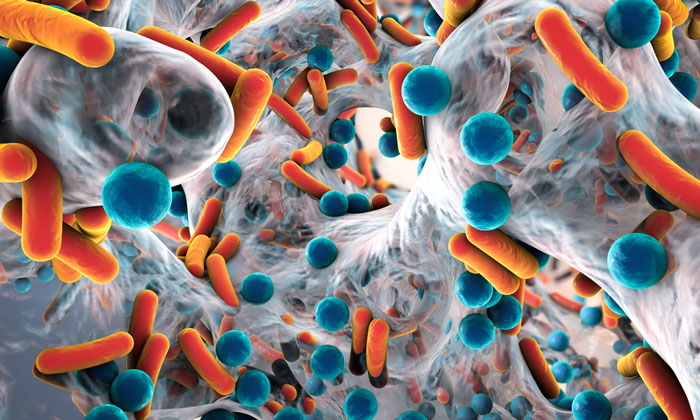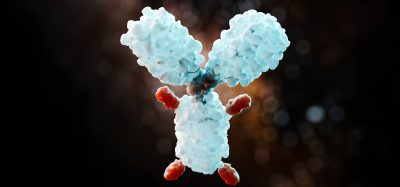New antibiotic packs a punch against bacterial resistance
Posted: 31 May 2017 | Niamh Marriott (Drug Target Review) | 1 comment
Scientists have given new superpowers to an antibiotic called vancomycin, an advance that could eliminate the threat of antibiotic-resistant infections.


Scientists at The Scripps Research Institute (TSRI) have given new superpowers to a lifesaving antibiotic called vancomycin, an advance that could eliminate the threat of antibiotic-resistant infections for years to come. The researchers, led by Dale Boger, co-chair of TSRI’s Department of Chemistry, discovered a way to structurally modify vancomycin to make an already-powerful version of the antibiotic even more potent.
“Doctors could use this modified form of vancomycin without fear of resistance emerging,” said Boger.
The original form of vancomycin is an ideal starting place for developing better antibiotics. The antibiotic has been prescribed by doctors for 60 years, and bacteria are only now developing resistance to it. This suggests bacteria already have a hard time overcoming vancomycin’s original “mechanism of action,” which works by disrupting how bacteria form cell walls.
“Magical”
Boger called vancomycin “magical” for its proven strength against infections, and previous studies by Boger and his colleagues at TSRI had shown that it is possible to add two modifications to vancomycin to make it even more potent. “With these modifications, you need less of the drug to have the same effect,” Boger said.
The new study shows that scientists can make a third modification – which interferes with a bacterium’s cell wall in a new way – with promising results. Combined with the previous modifications, this alteration gives vancomycin a 1,000-fold increase in activity, meaning doctors would need to use less of the antibiotic to fight infection.
The discovery makes this version of vancomycin the first antibiotic to have three independent mechanisms of action. “This increases the durability of this antibiotic,” said Boger. “Organisms just can’t simultaneously work to find a way around three independent mechanisms of action. Even if they found a solution to one of those, the organisms would still be killed by the other two.”
Tested against Enterococci bacteria, the new version of vancomycin killed both vancomycin-resistant Enterococci and the original forms of Enterococci.
Pipeline
The next step in this research is to design a way to synthesise the modified vancomycin using fewer steps in the lab, as the current method takes 30 steps. But Boger calls this the “easy part” of the project, compared with the challenge of designing the molecule in the first place.
Even if the process isn’t streamlined, Boger believes the new vancomycin’s lifesaving powers make its production valuable. “Antibiotics are total cures for bacterial infections,” said Boger.
“Making this molecule is important, even by the current approach, if the failure of antibiotics continues.”
Related topics
Antibiotics, Antimicrobials, Research & Development
Related organisations
The Scripps Research Institute (TSRI)
Related people
Dale Boger








Greetings,
Many thanks for a great presentation. Vancomycin was always the last choice of treatment due to its side effects. Does your improved Vancomycin has any bad side effects that may hurt the patient in the long run? Have a nice day,